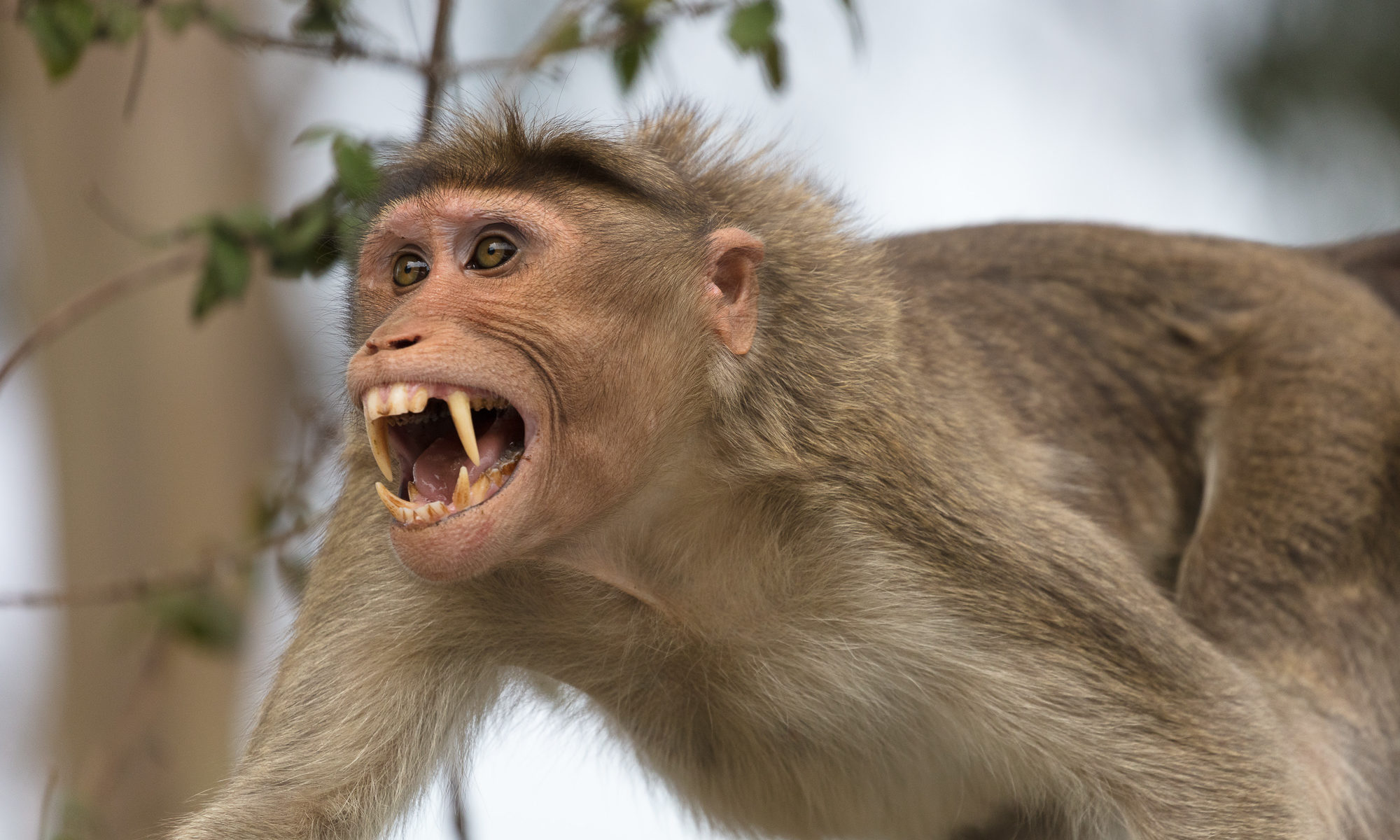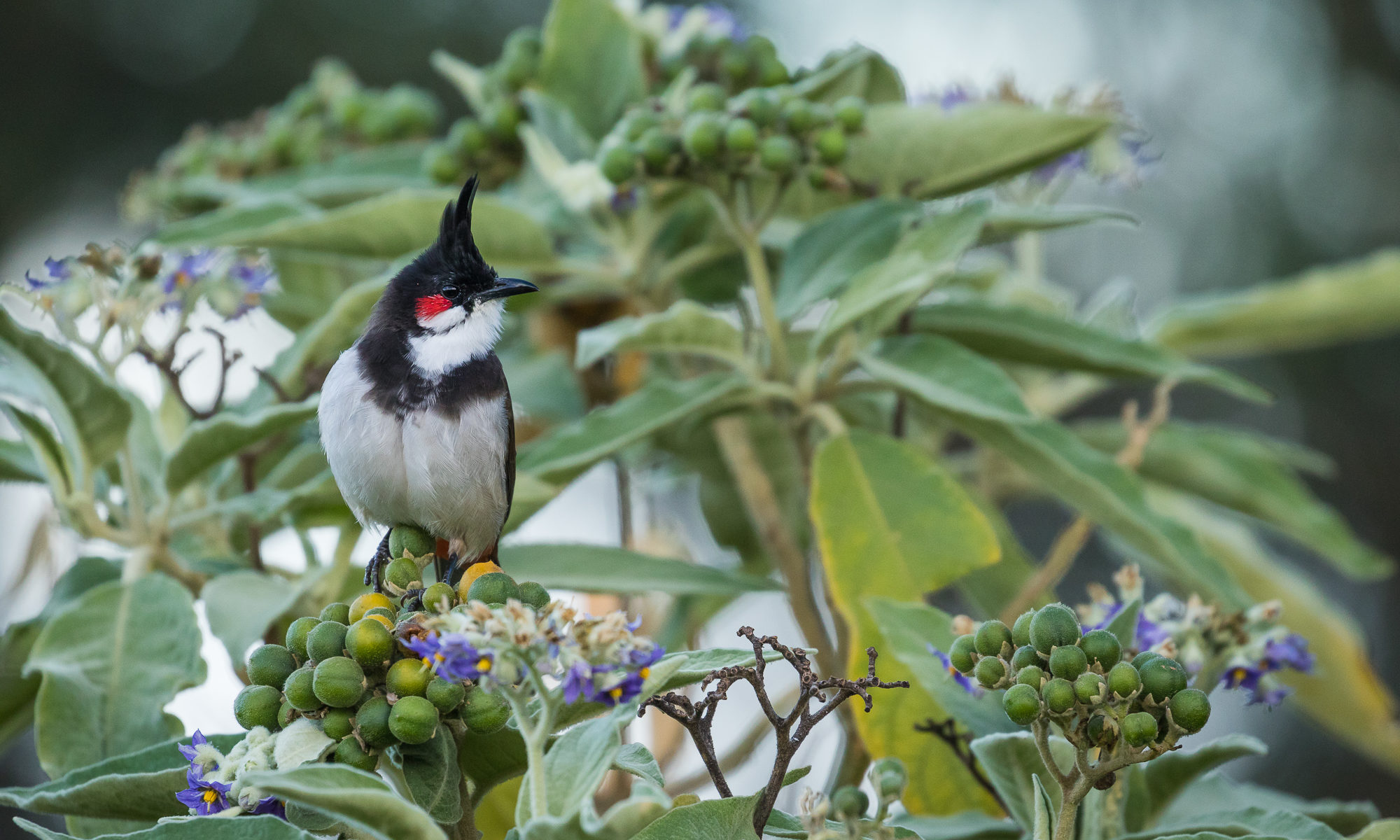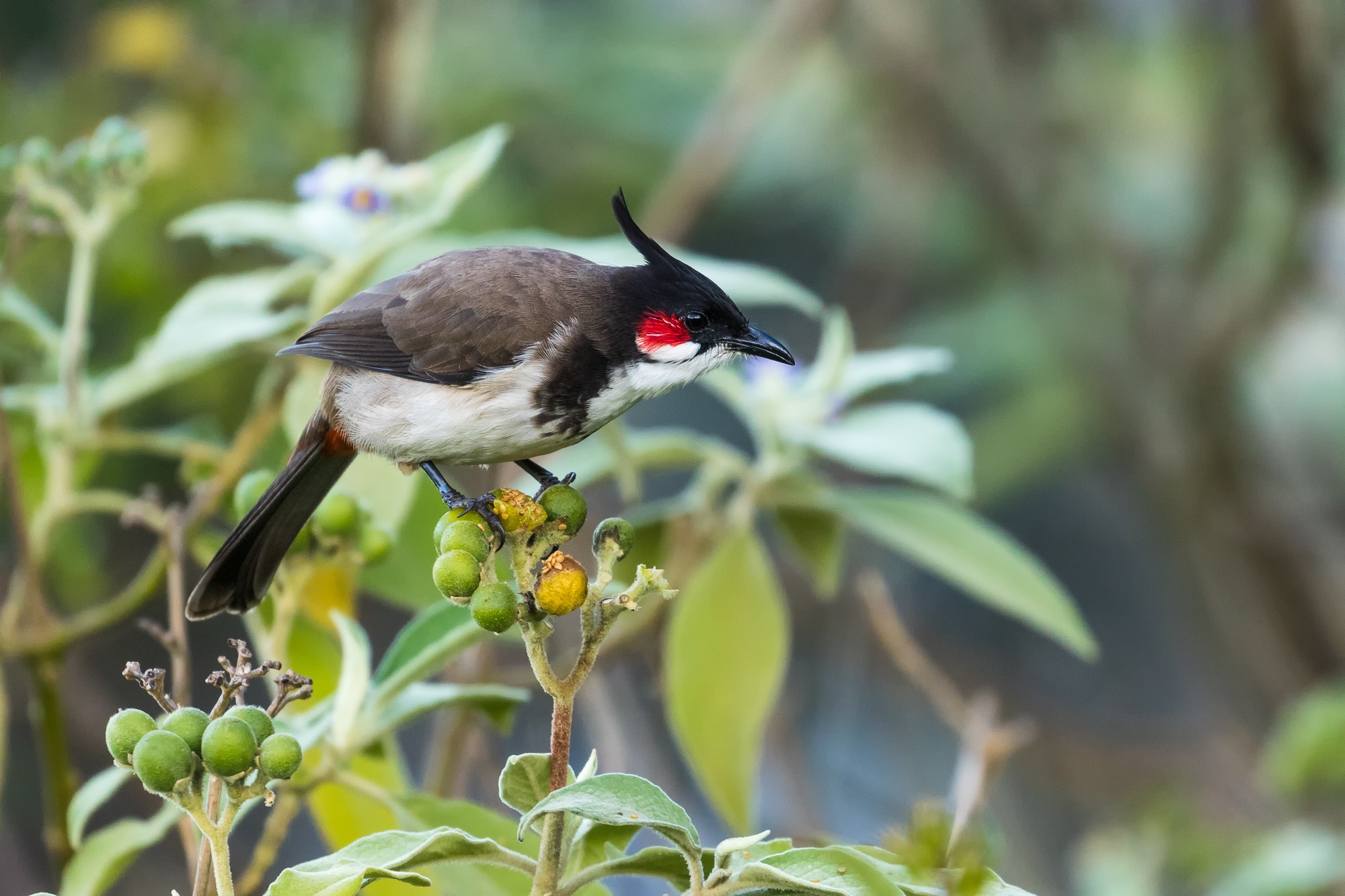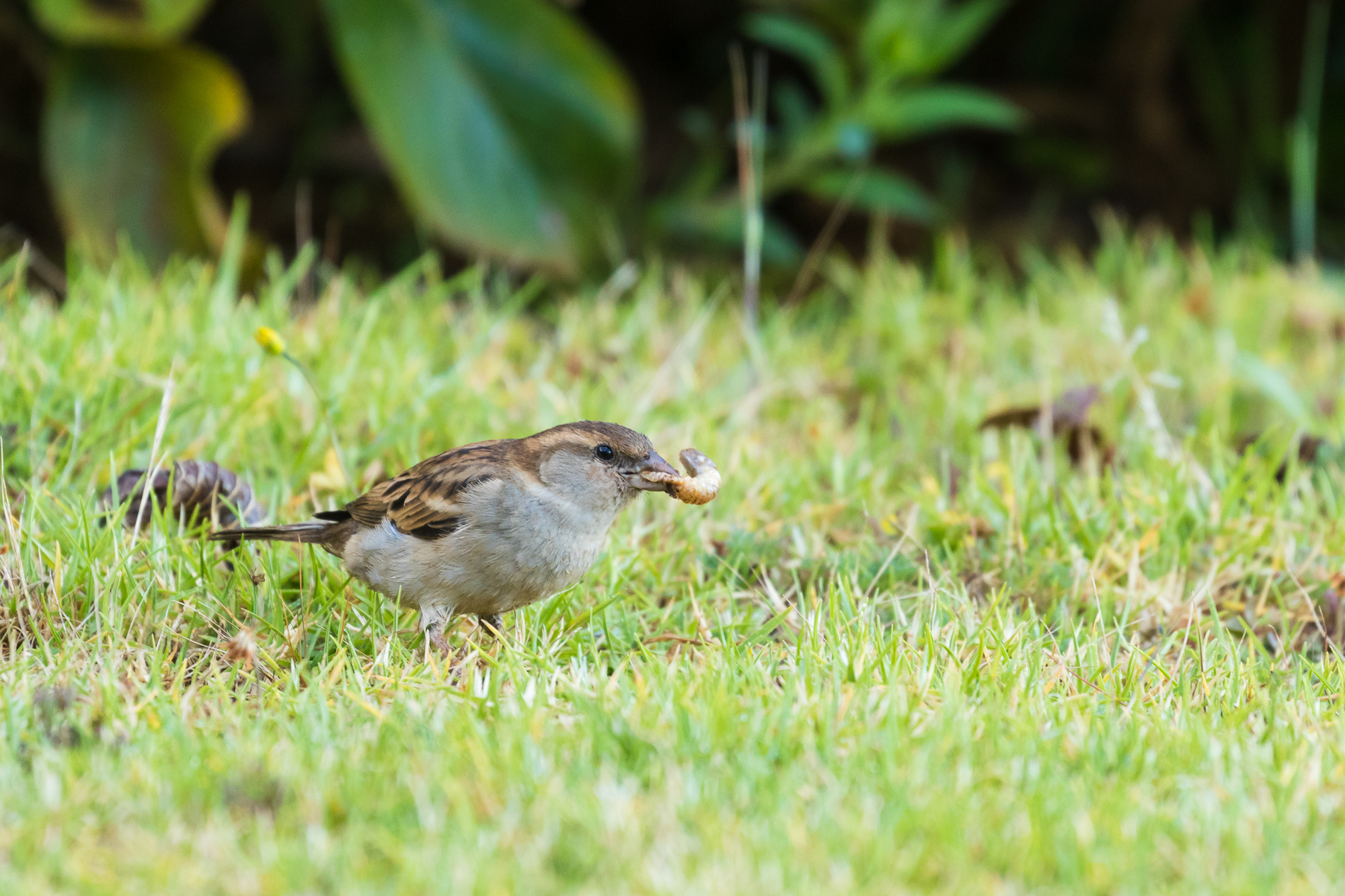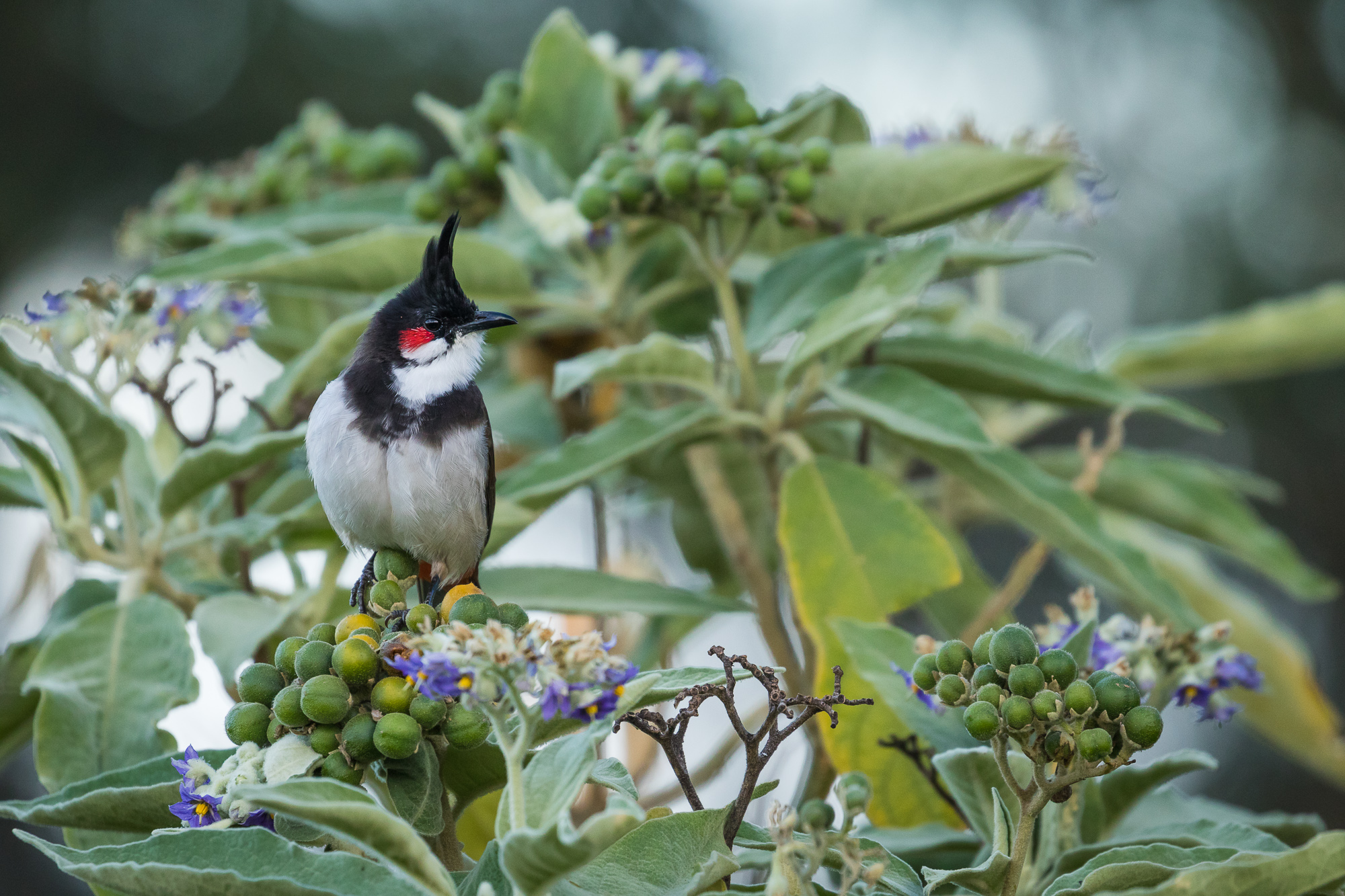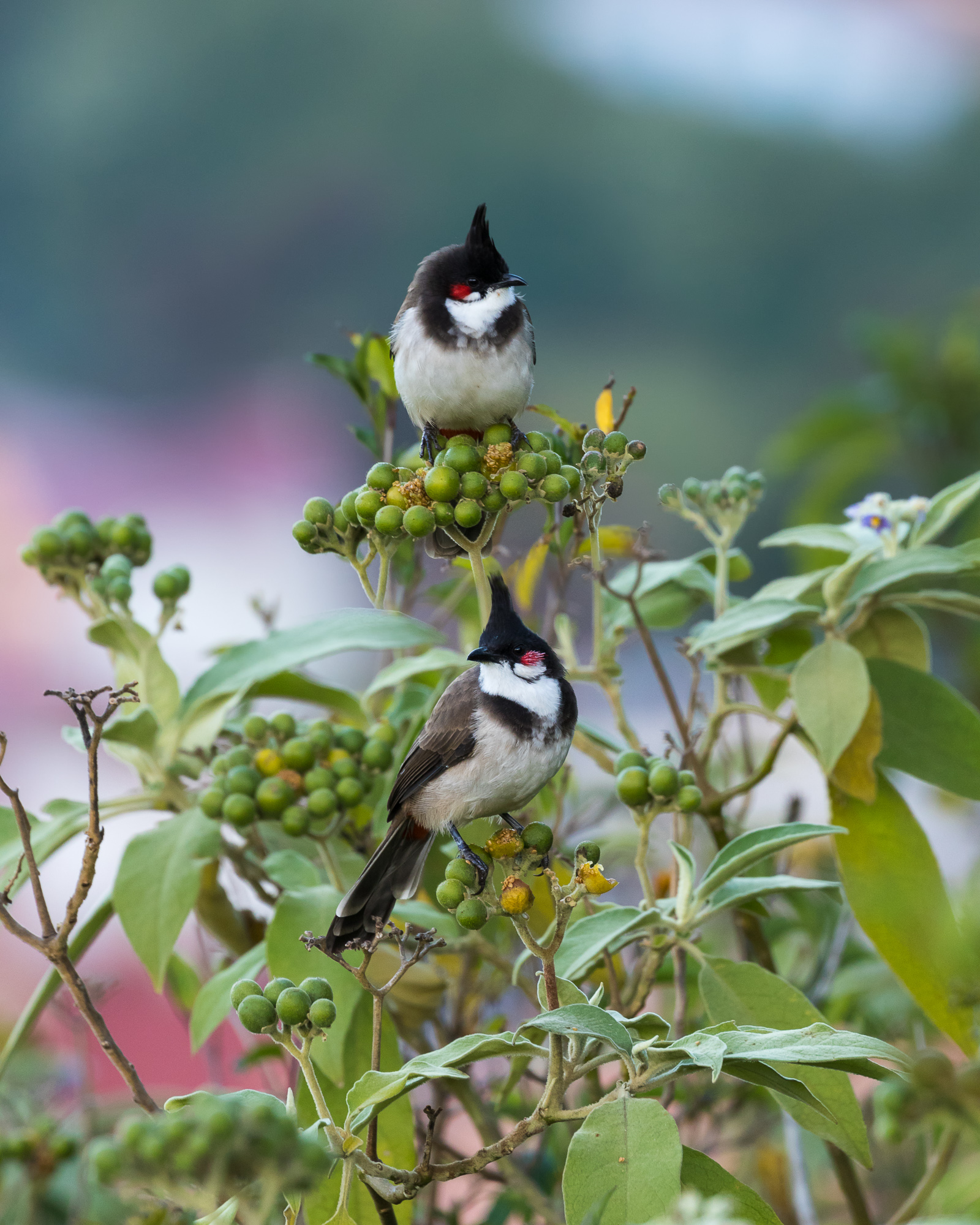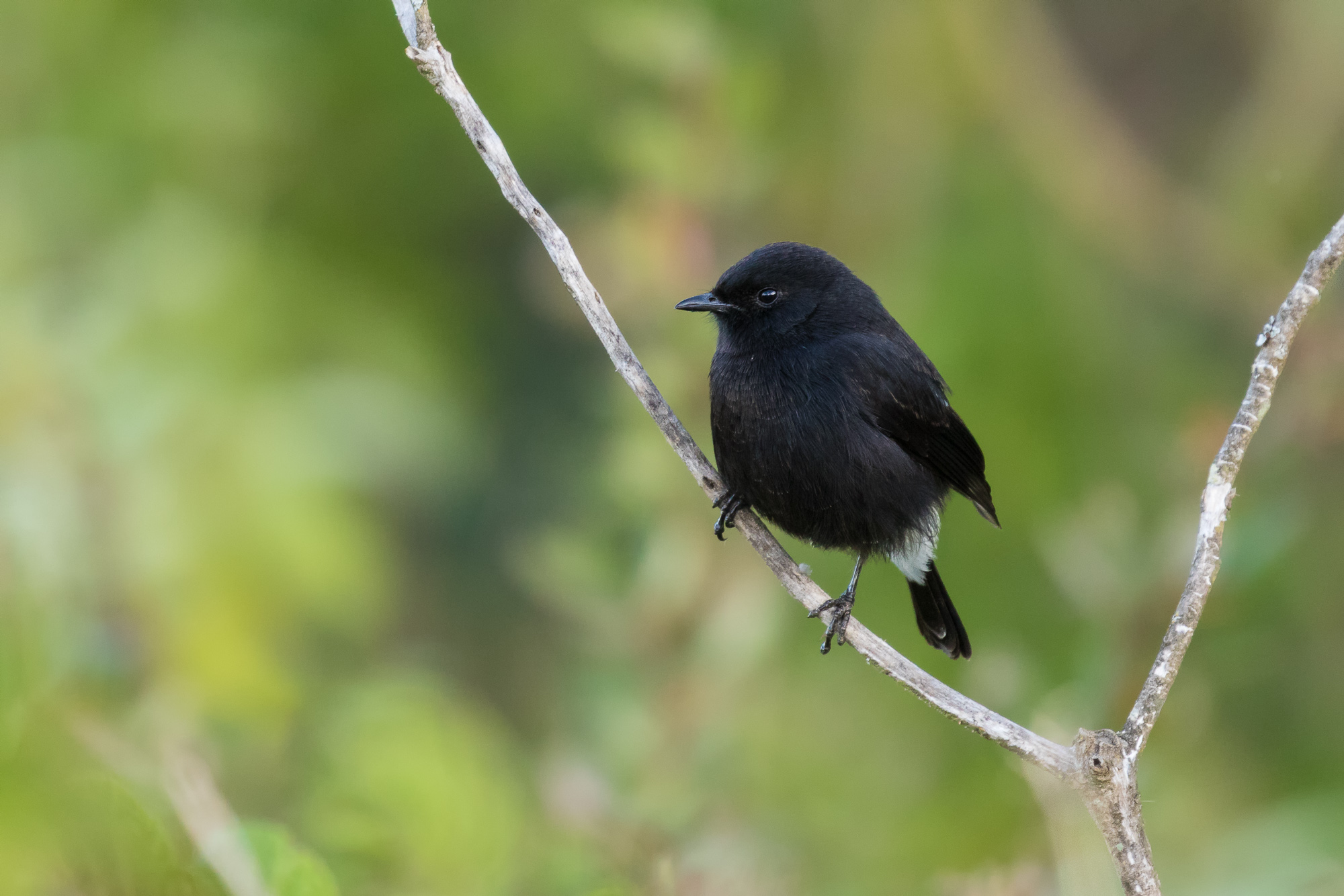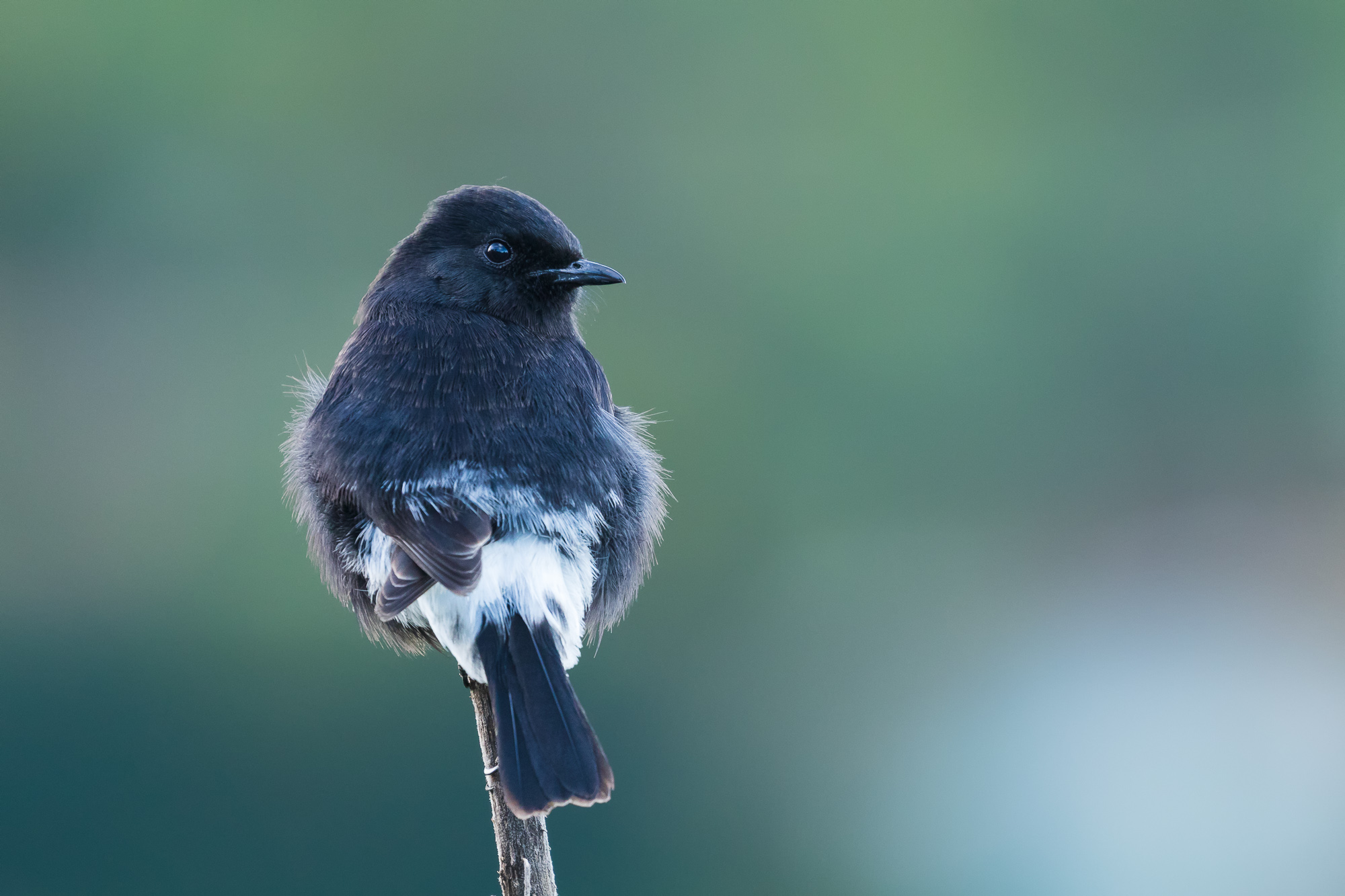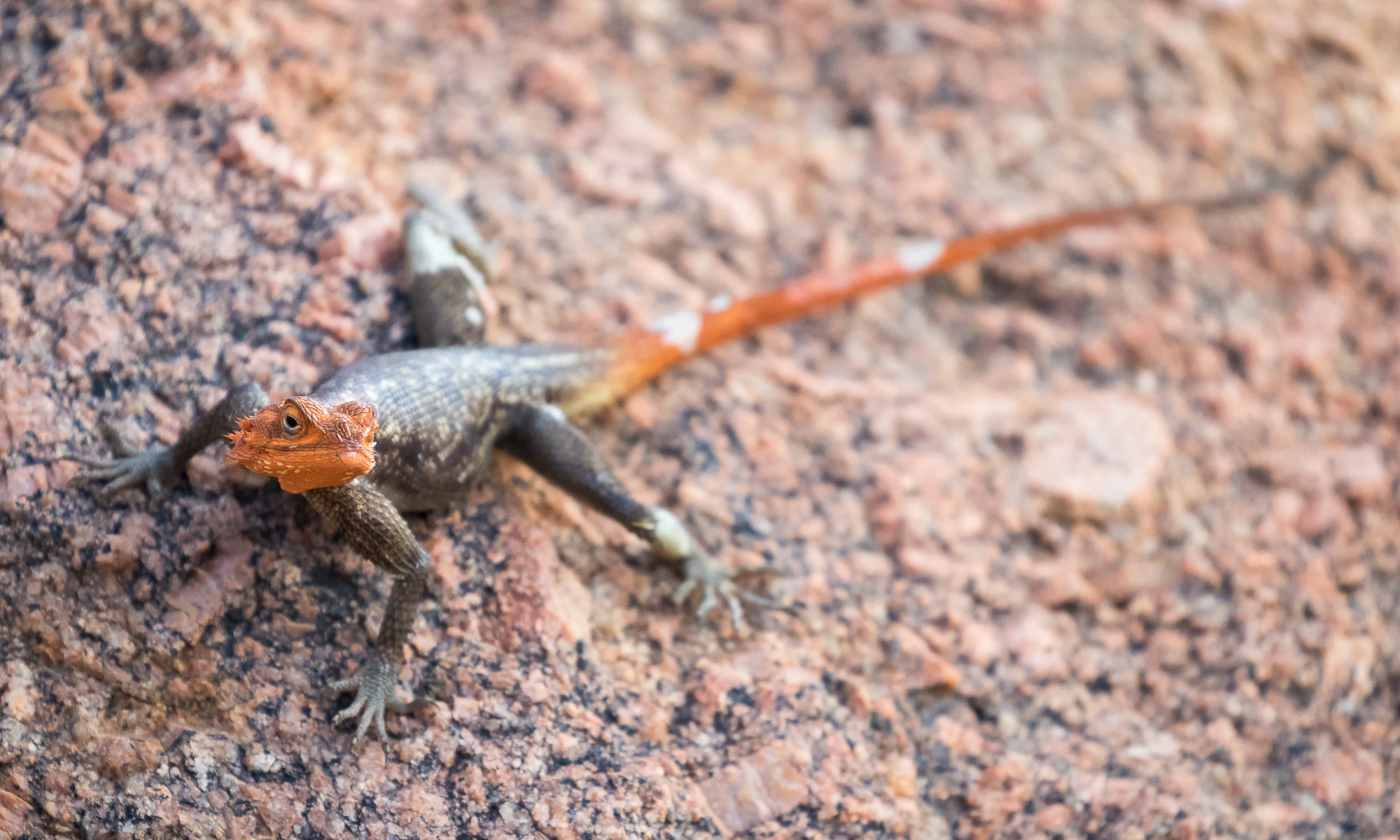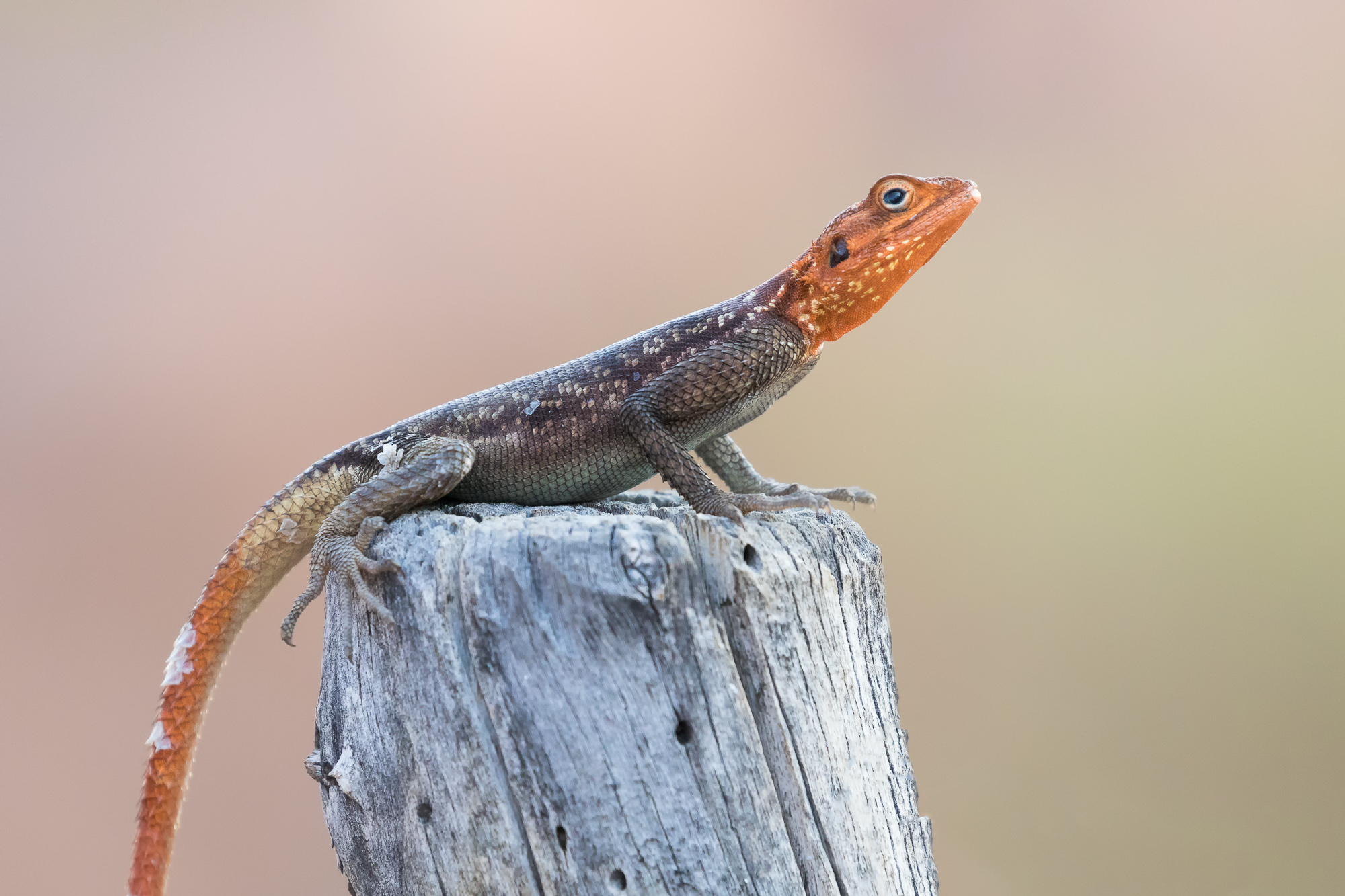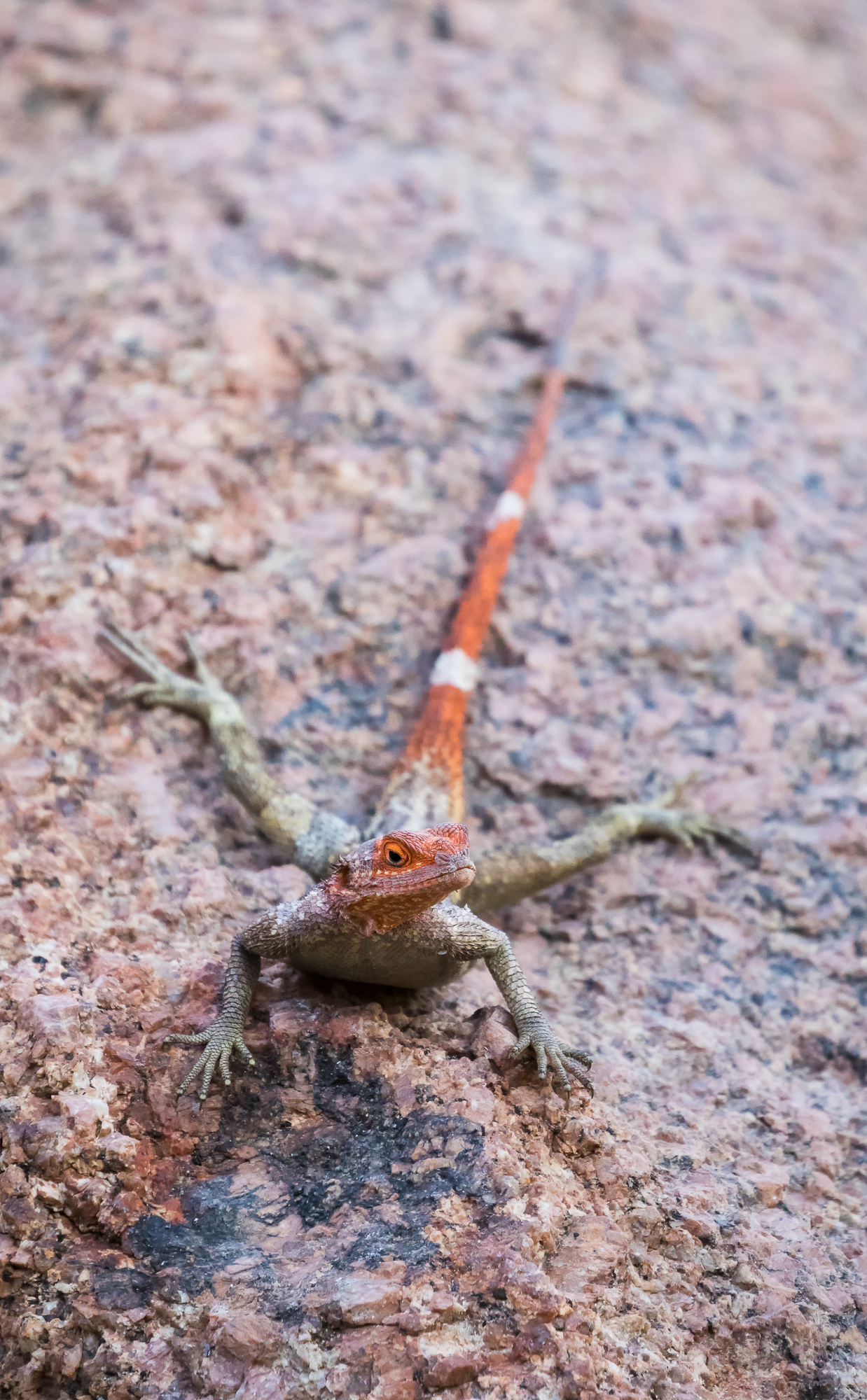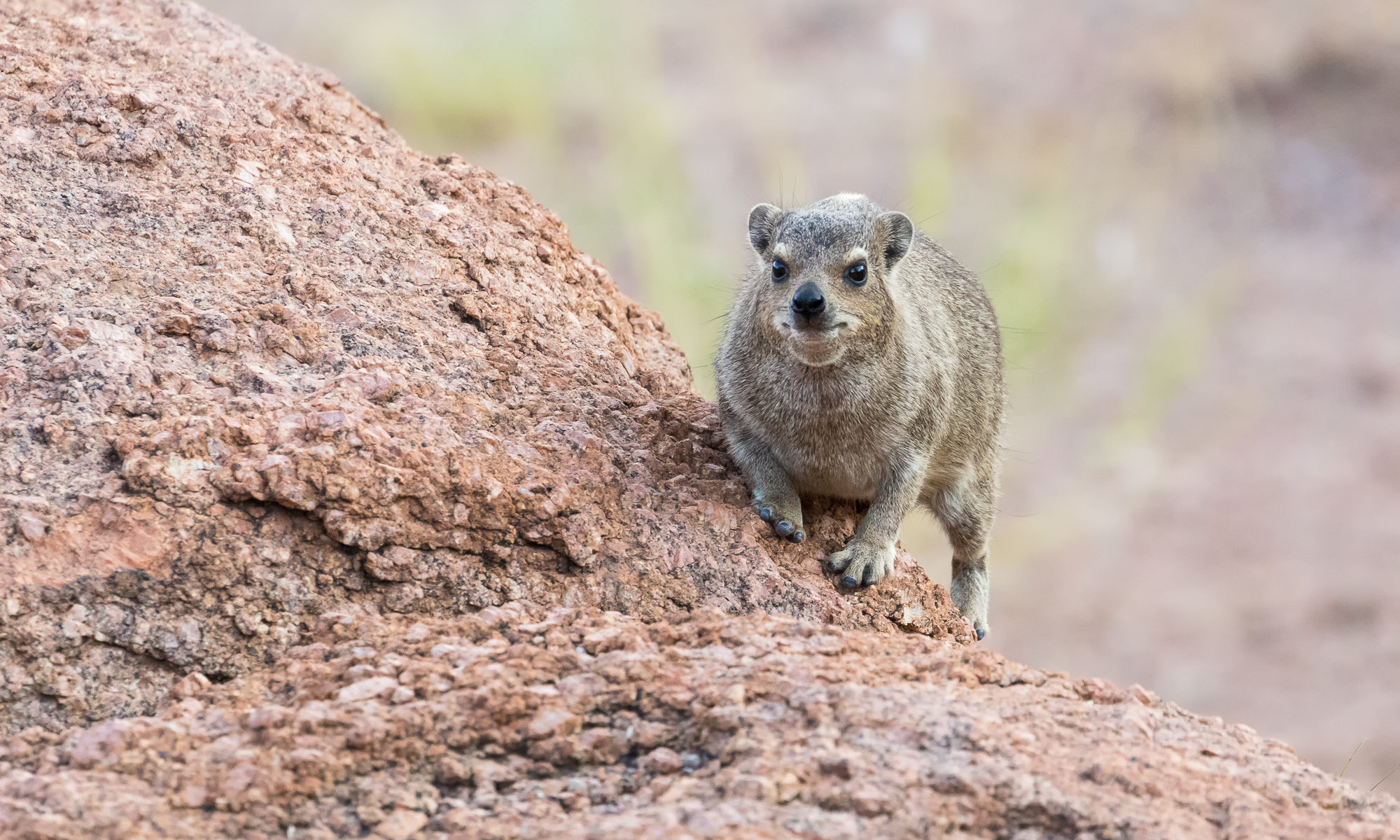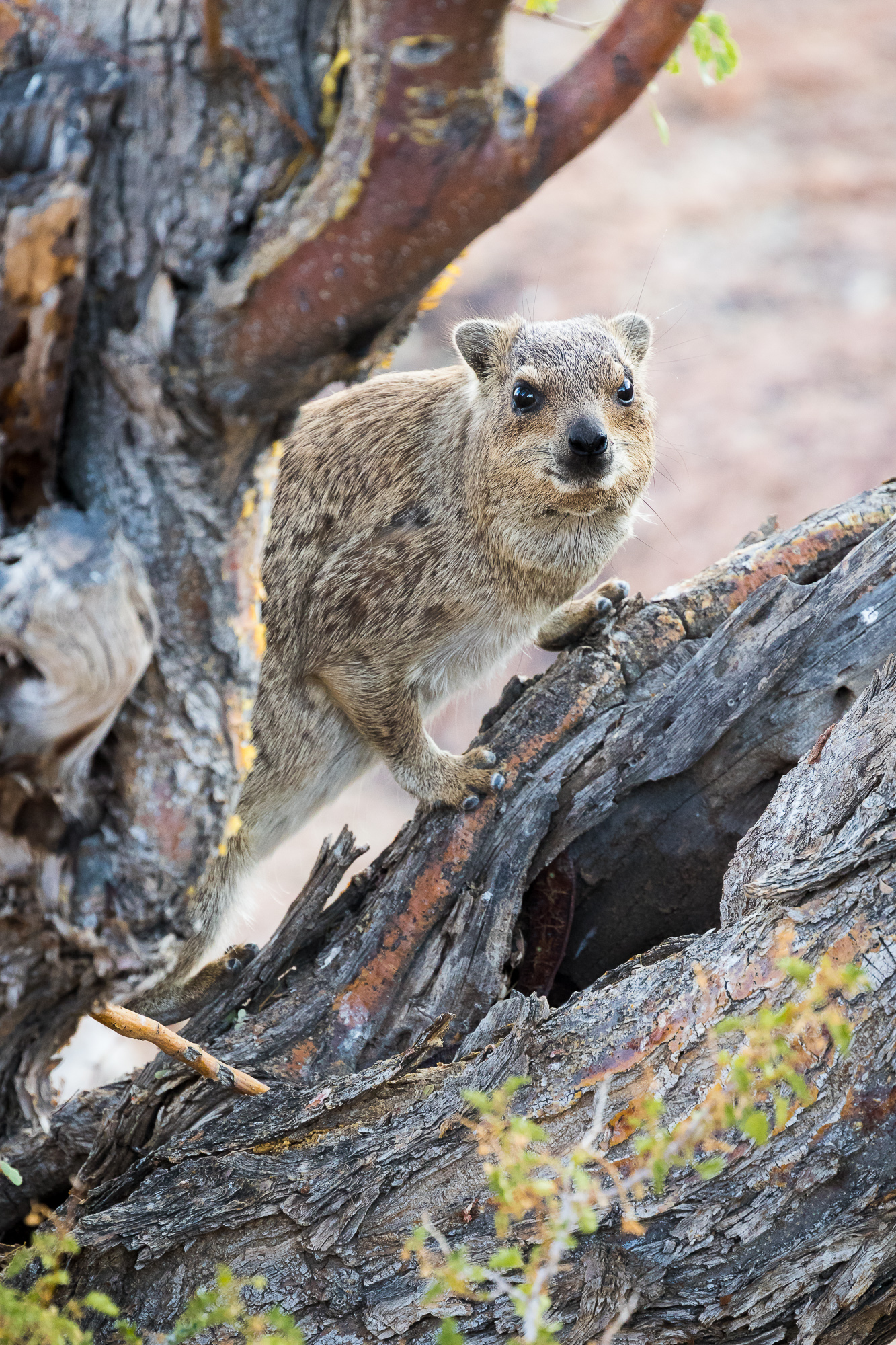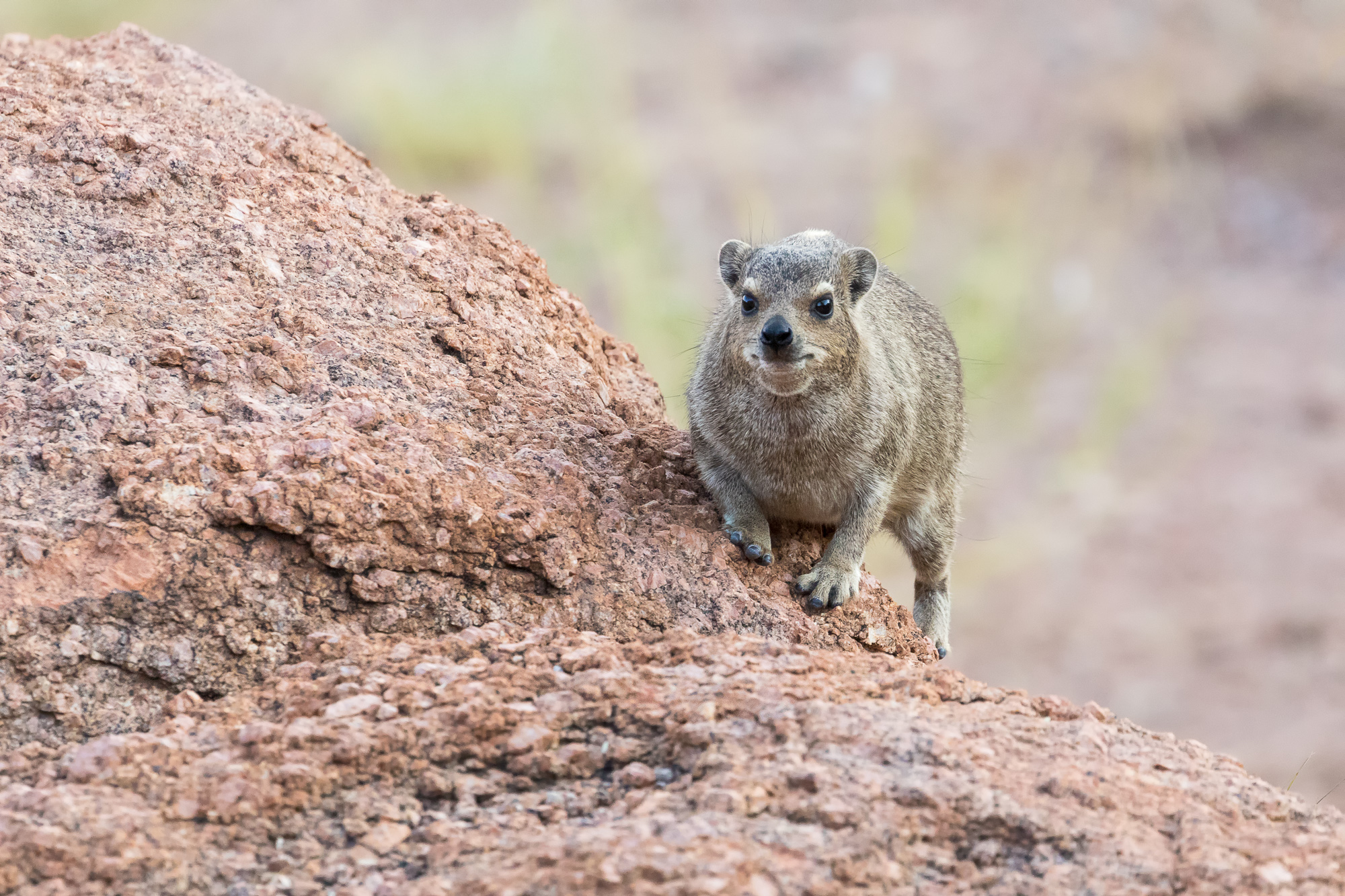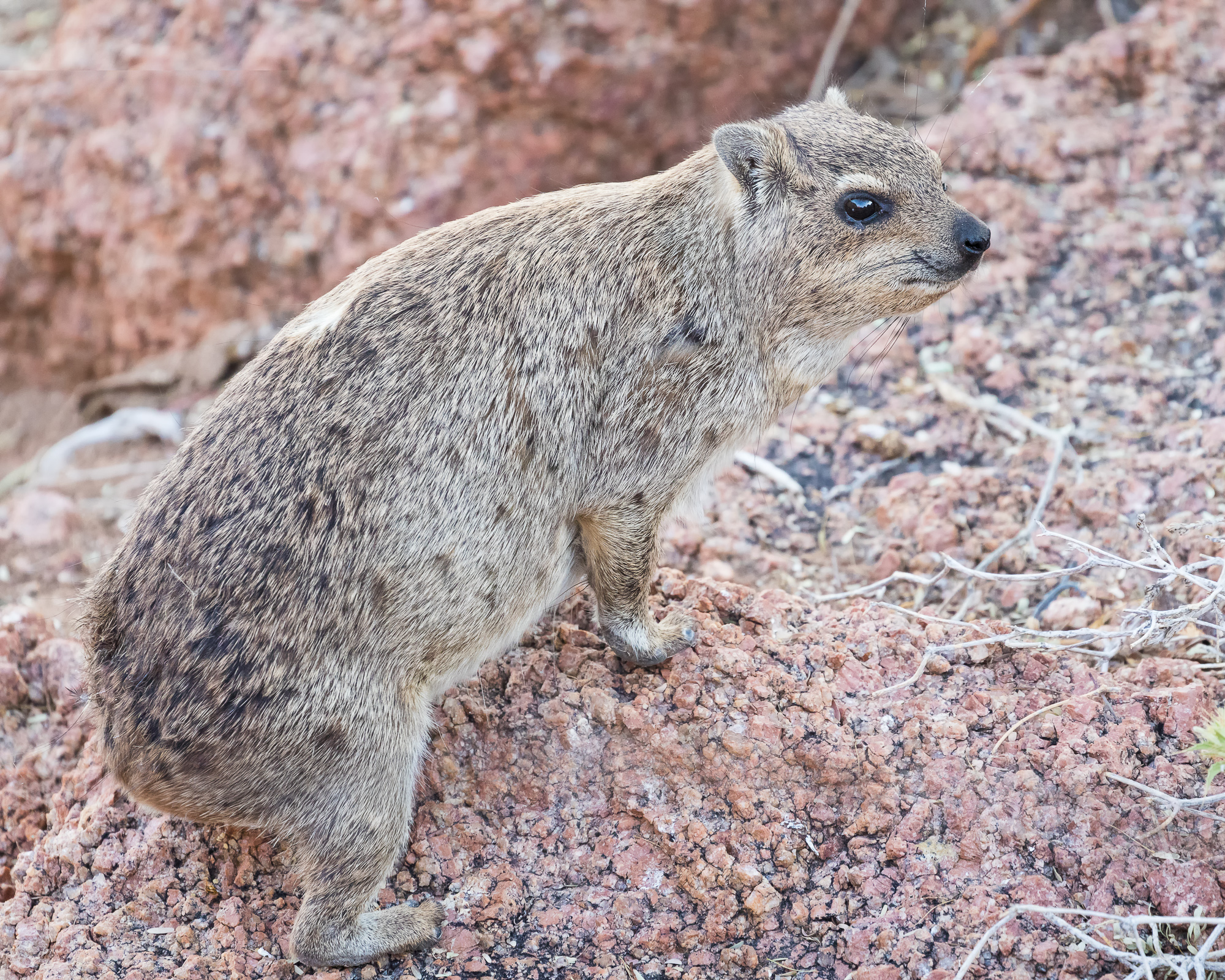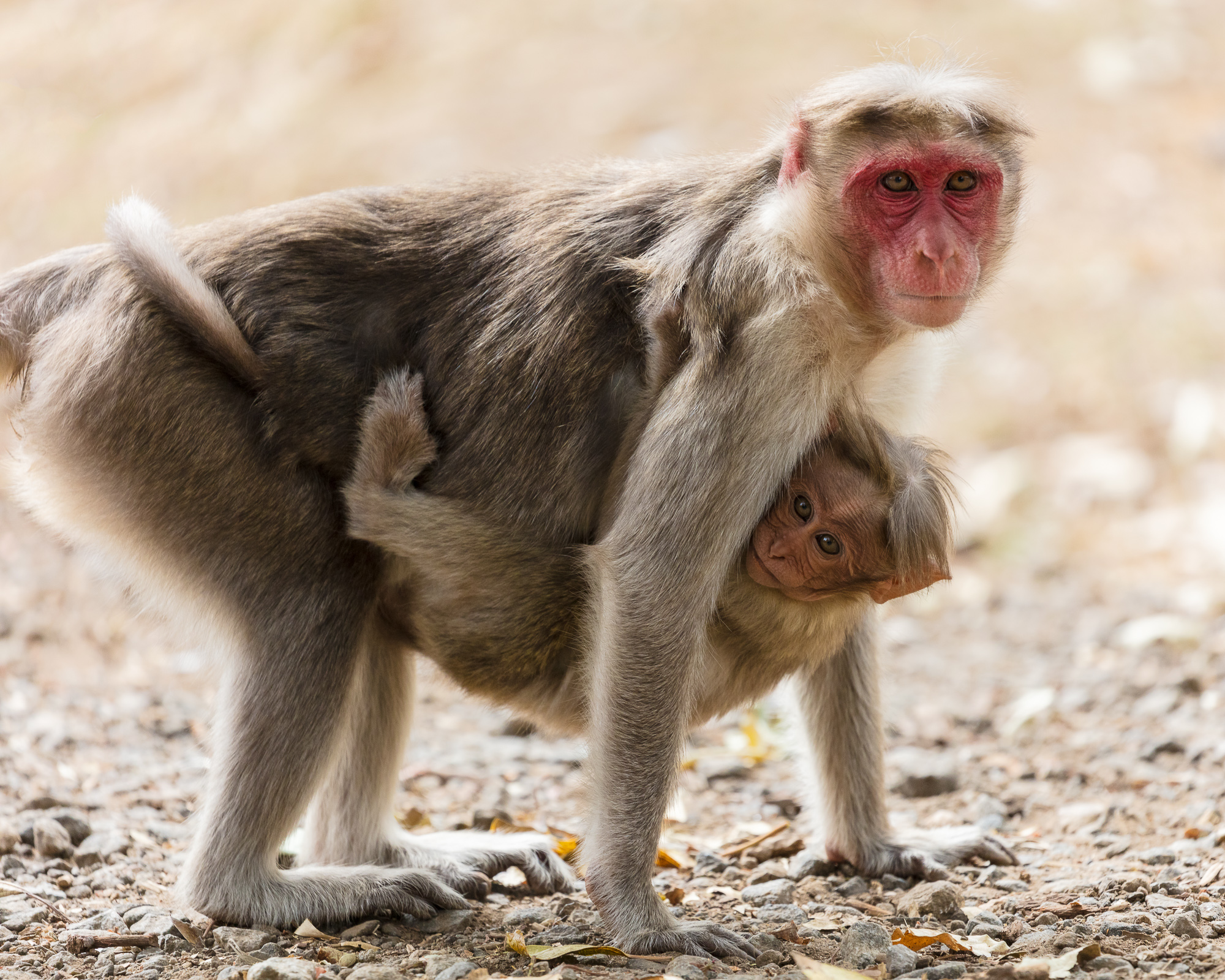
In some areas of India, Rhesus macaques are all over the place. In certain temples, palaces or other tourist attractions, these guys are more like city pigeons in their ubiquity. However, as someone not usually around wild monkeys, I take every opportunity to pick up my camera and capture some of the amazingly human-like expressions they display.
On a recent trip to southern India, I encountered some of these guys as I got closer to the forests of the Mudumalai Tiger Preserve. For several mothers and their babies, upside down and clinging on definitely seemed to be the transportation mode of choice.
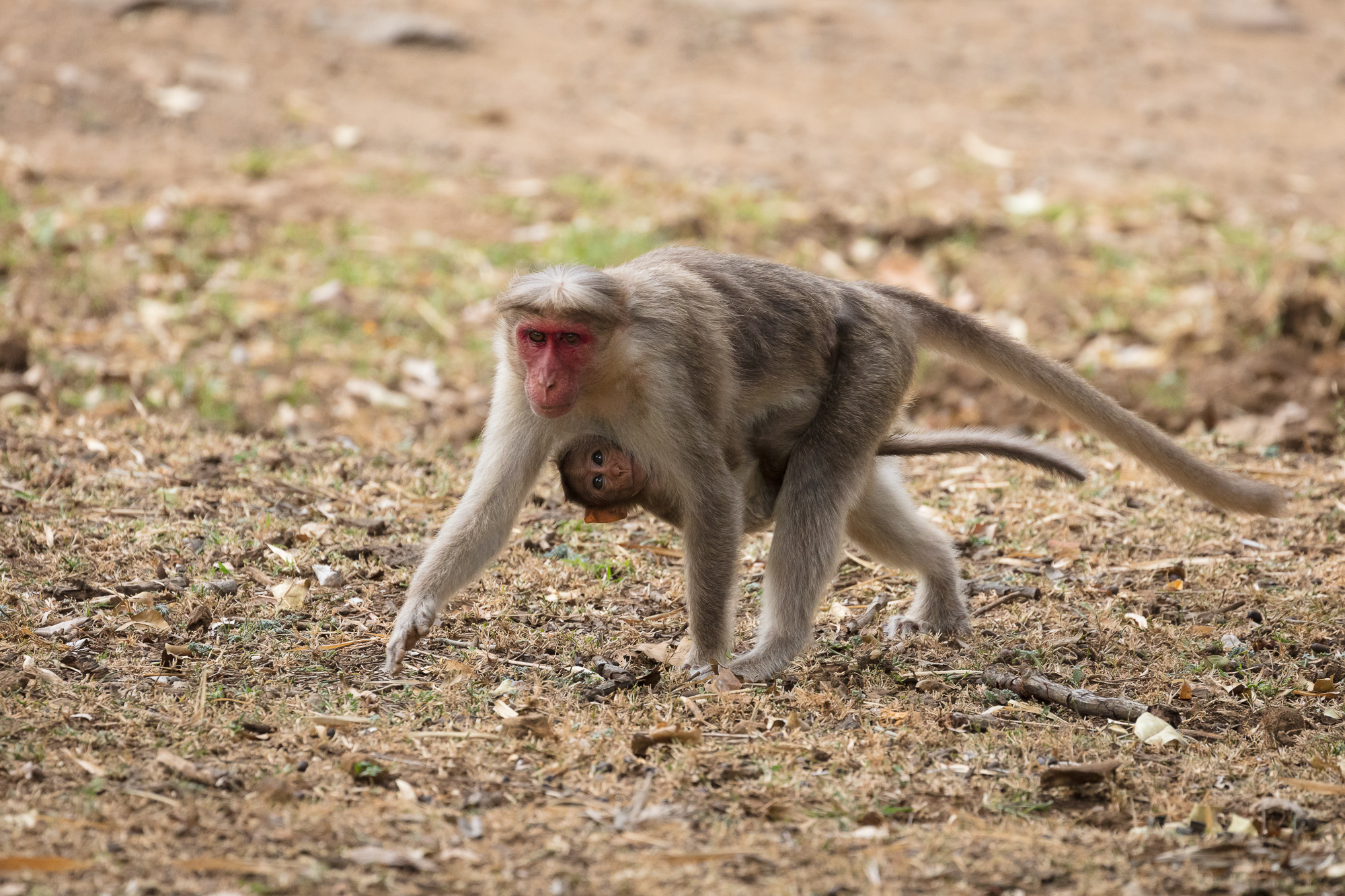
While monkeys can often be very cute as they go about their primate lives, it is important to keep your distance. They can be quite territorial and aggressive, and I certainly wouldn’t want to get into a fight with one!
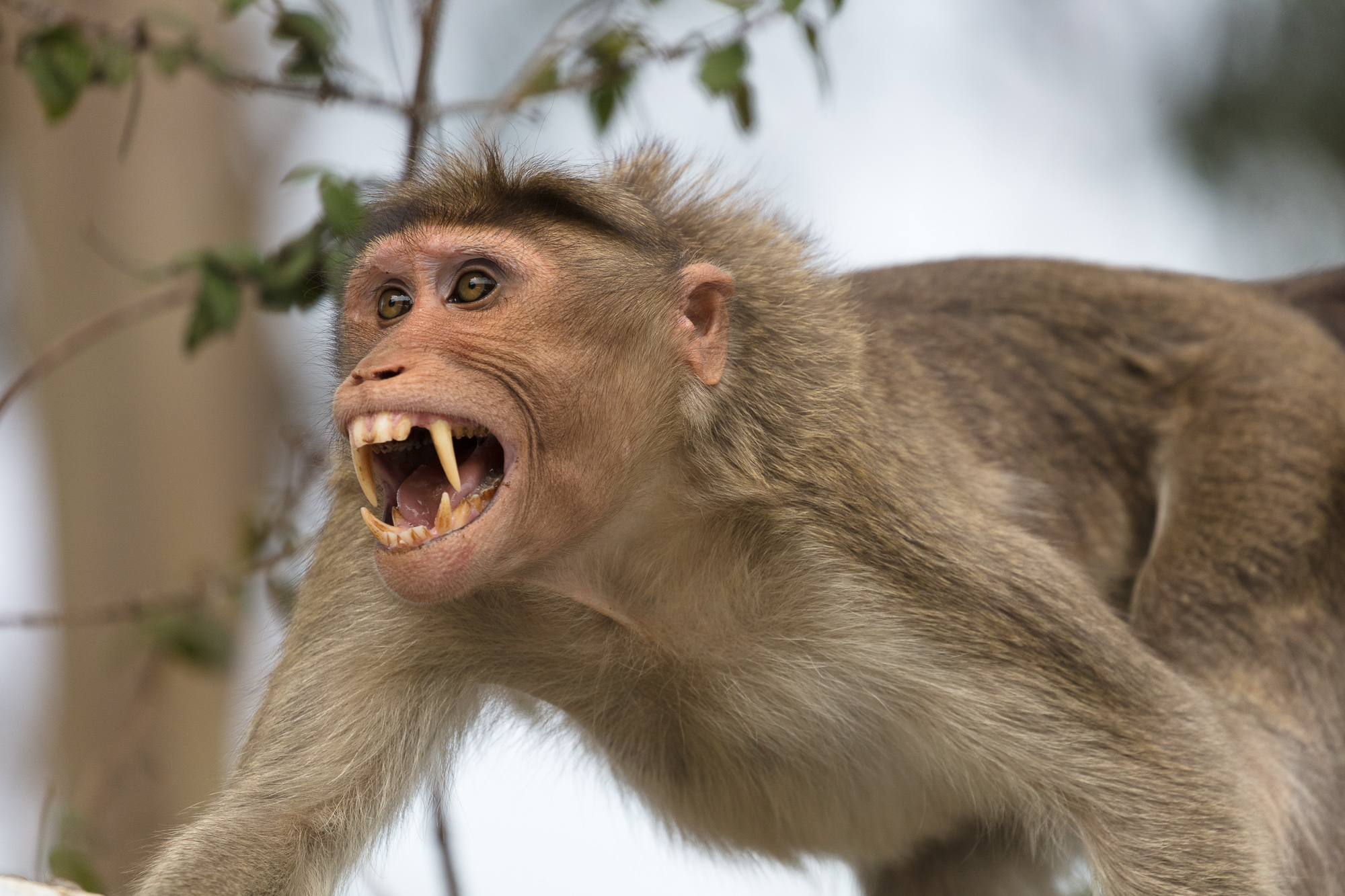
As we were leaving the city of Ooty, we spotted the guy in the photo above on the side of the road. He had gotten into a neighborly dispute with the fellow below. They were screaming at each other across the road, so I got up close views of each as they bared their fangs and made their intentions known. Sitting in the car and shooting out the window was about as close as I’d want to get!
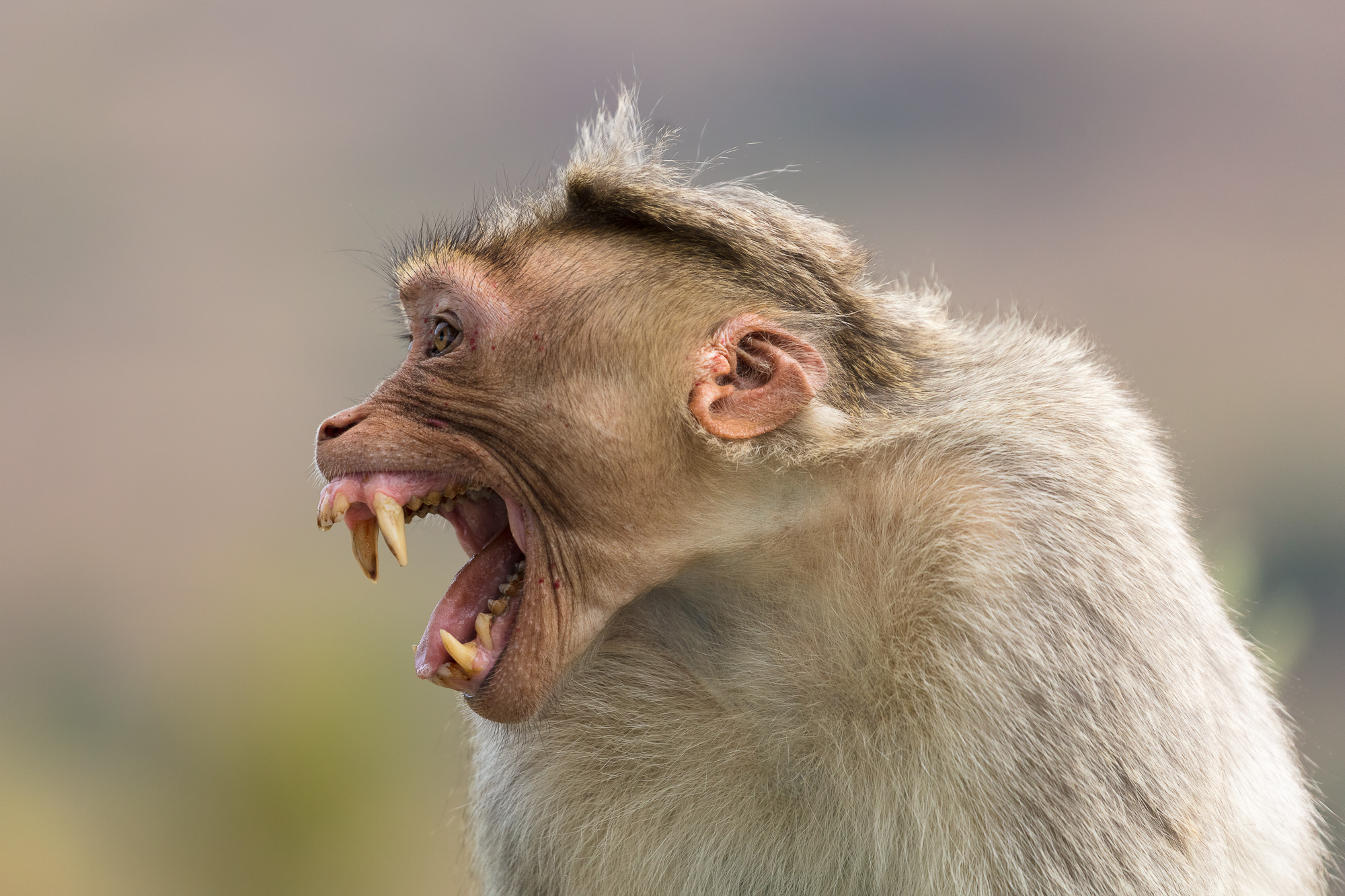
Not to give you nightmares of macaques, I’ll leave you with a cute shot of a little guy. He was minding his business atop a fence, watching all the goings-on with interest.
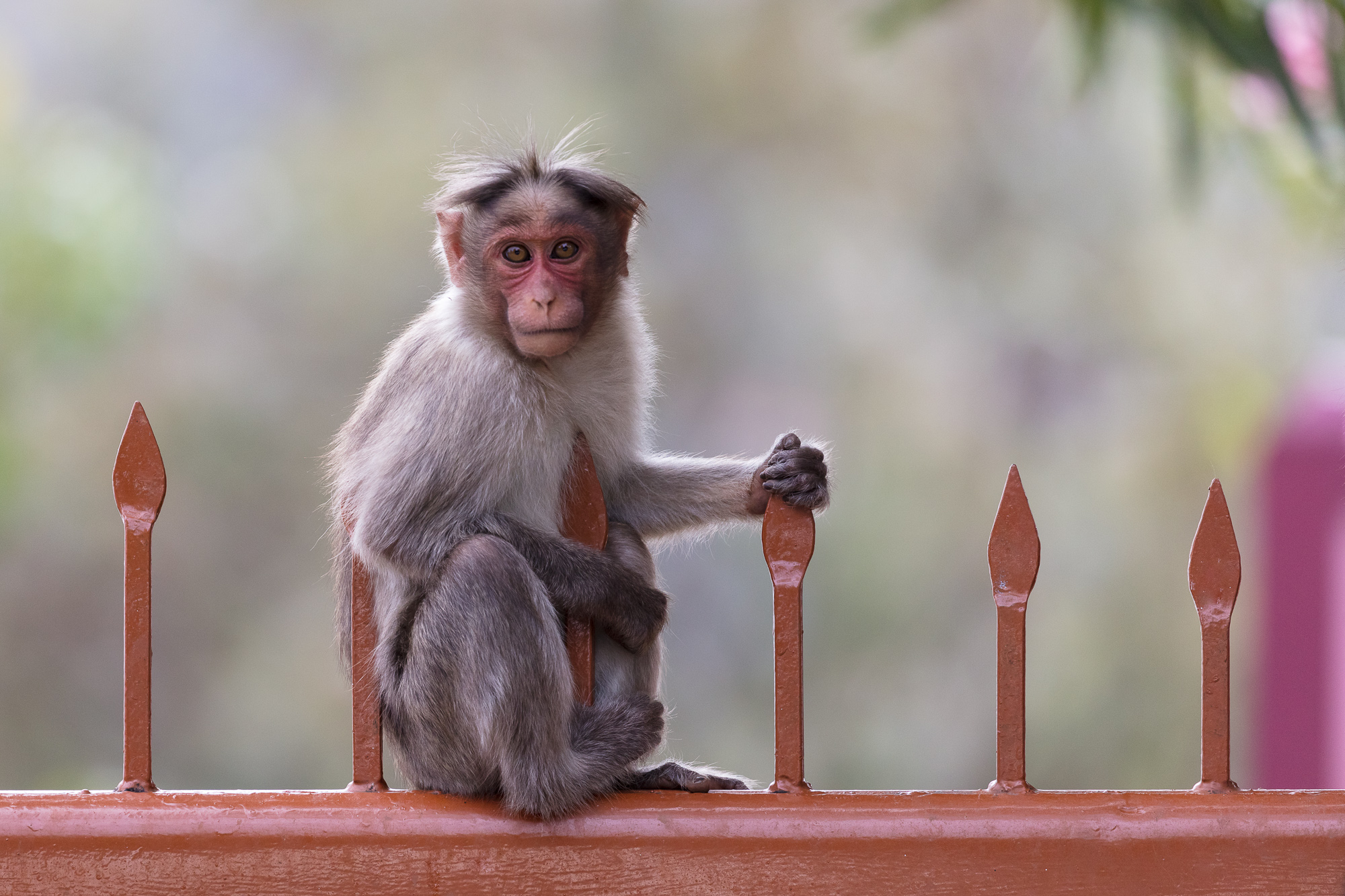
While my Indian friends often roll their eyes every time I take out a camera for monkeys, I am always fascinated with watching them go about their day. I’m not sure if I dig their dexterous use of tools or if I’m anthropomorphizing their facial expressions, but I’ll take their photo any day.

